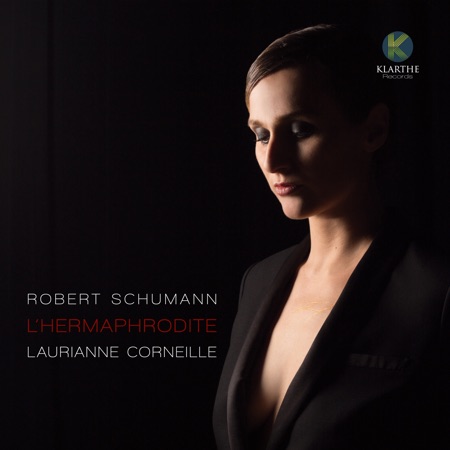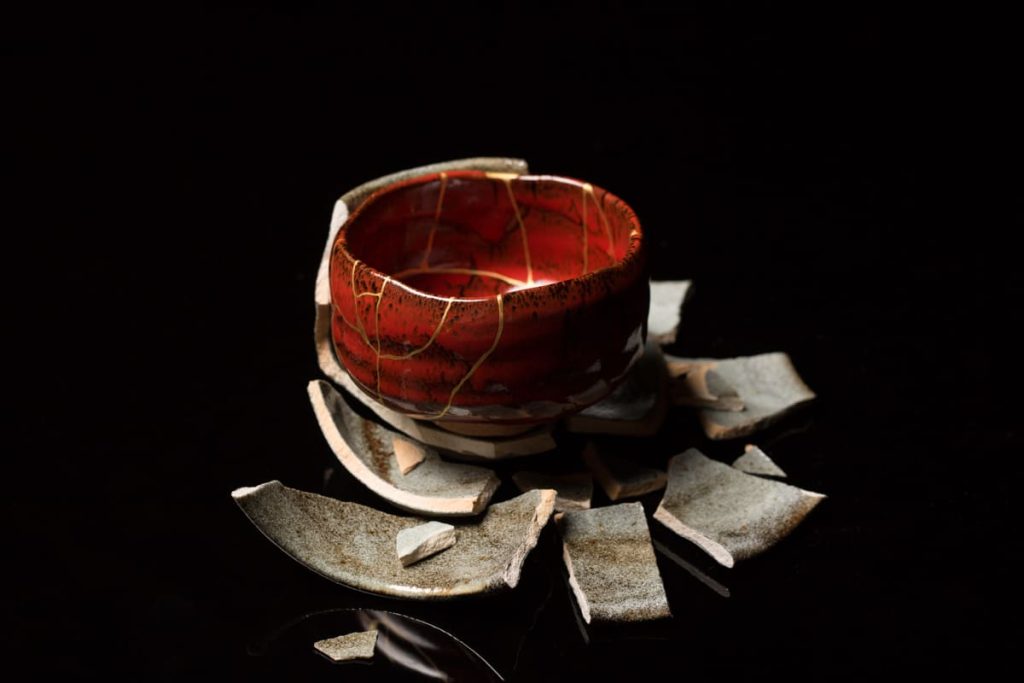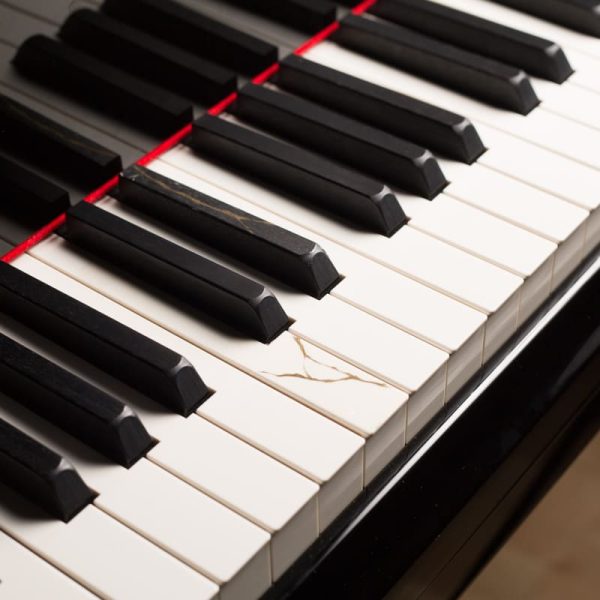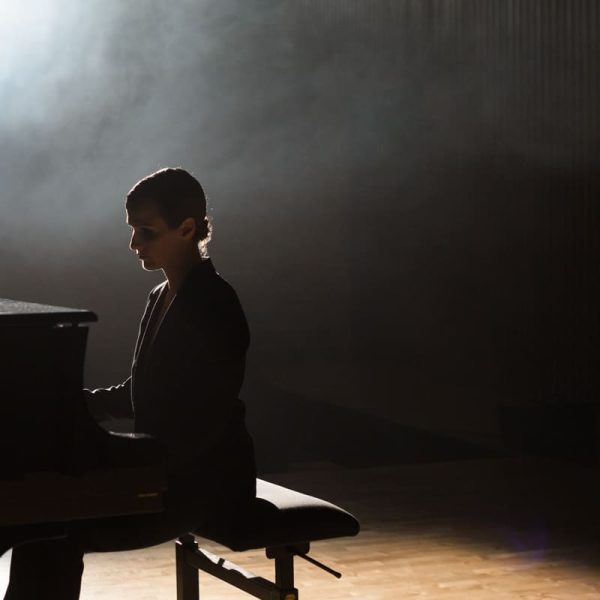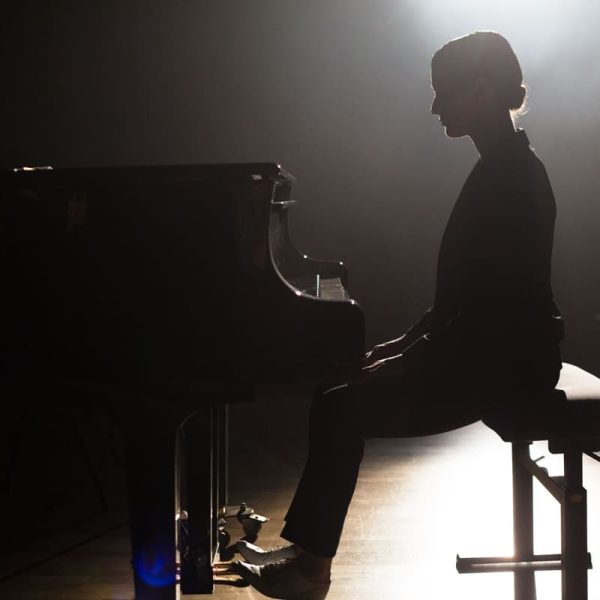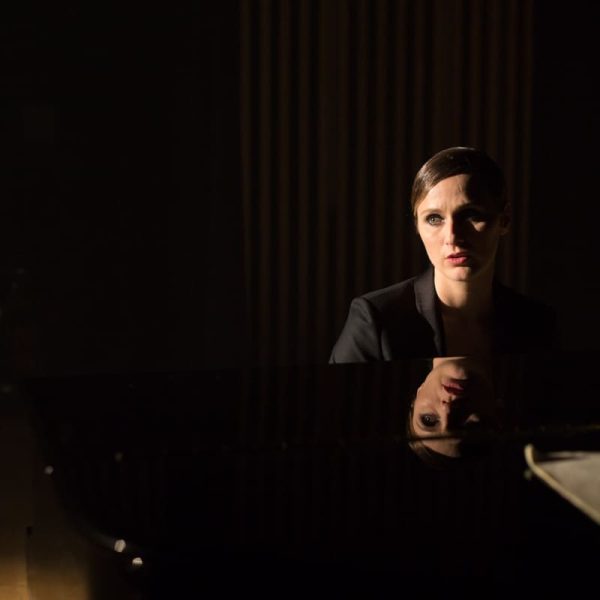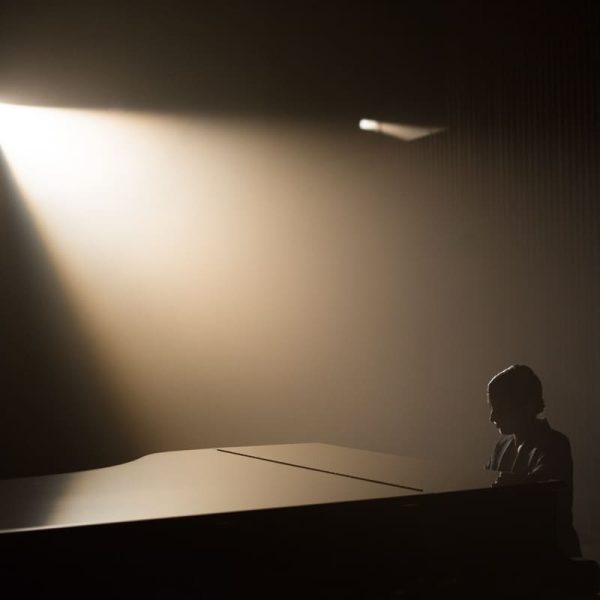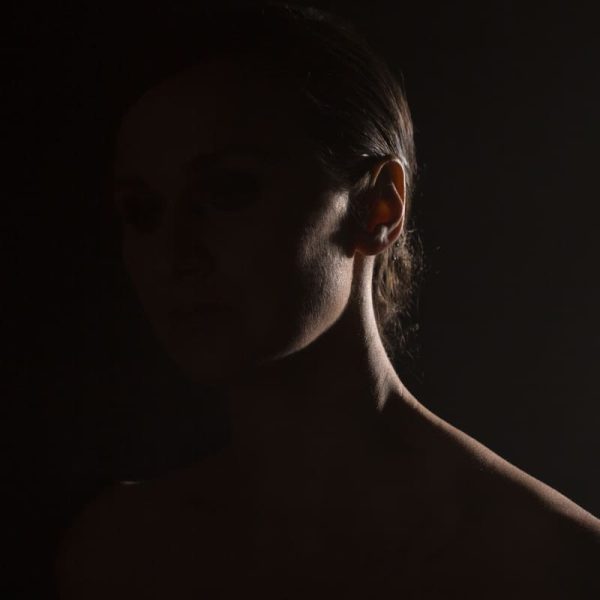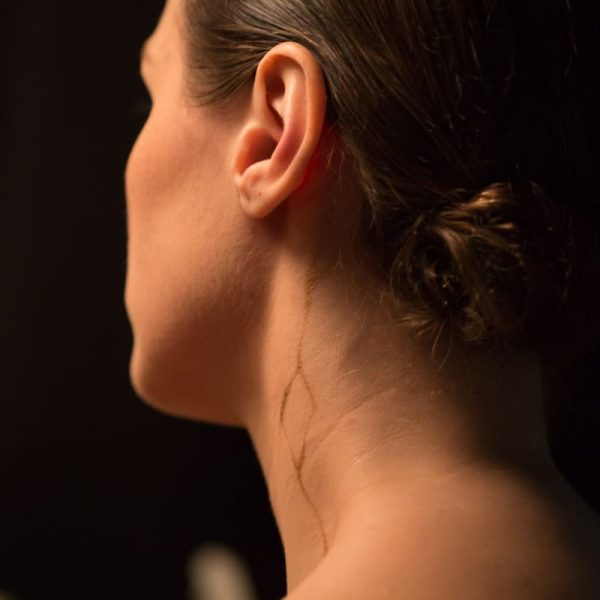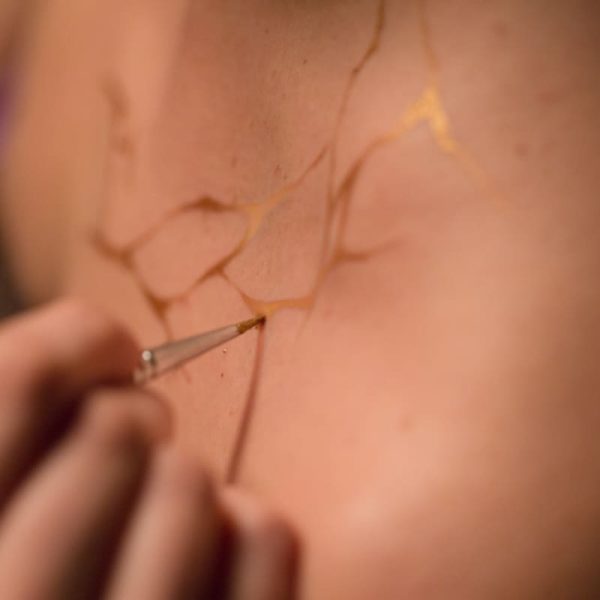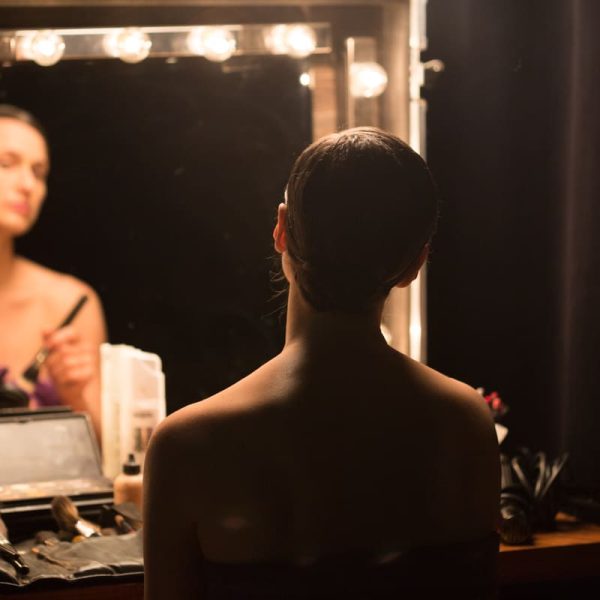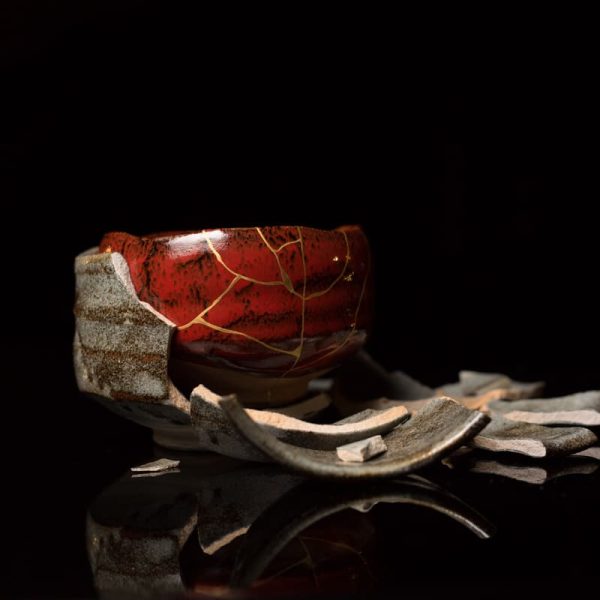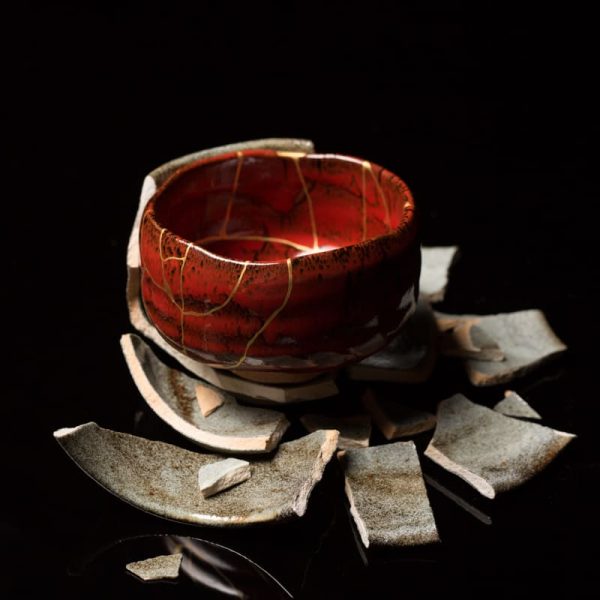Here, two cycles respond to each other: the Kreisleriana and the Chants de l’aube, to which is added the piece Widmung (initially a song by Schubert transcribed by Liszt), designed here to be a keystone. To shape Eusébius, the tender, the luminous, the poetic, seemed less evident than to take the dark roads of Florestan which made themselves more immediately accessible. It is the Schumann, described by Roland Barthes in his text Rasch, an extract of L’obvie et l’obtus (‘The responsibility of forms’):
However, along the way, if we understand the madness of the beats as being the negative of tenderness, we can however “experience” – find Eusébius – and even reach the Liebeslied or Widmung, the song of love. There, RaRo speaks: He is the third personality invented by Schumann, (the contraction of his first name and that of his wife Clara) his best part, that in which he allows himself to be shaped by love. The two cycles which record different aspects of Schumann’s life, respond to each other: The Kreisleriana is a youthful work inspired by the literature of E.T.A Hoffman, but also a declaration of love to Clara; and the Chants de l’aube present themselves as his swan song, a work written before he threw himself into the Rhine. In the words of Brigitte François-Sappey, taken from her referential work, Schumann :
Let us come back to the figure of the hermaphrodite: it represents the pair of opposites put together. This “fractured” but unified character, is put into relief by Kintsugi, a Japanese art which consisted of repairing broken porcelain and ceramics with golden lacquer. It is this golden thread which appears in the film made by Gaultier d’Urbin and the photos taken by Anne-Lou Buzot.
The art of Kintsugi “says” that each broken object can be beautified, the cracks do not need to be hidden. This philosophical art aided my rehabilitation after an accident in 2017: run over by a car, I had, amongst other injuries, a broken collar-bone.
The vital necessity of speaking, singing and telling the tale of this fracture through the music of Schumann became evident very quickly after this event.
